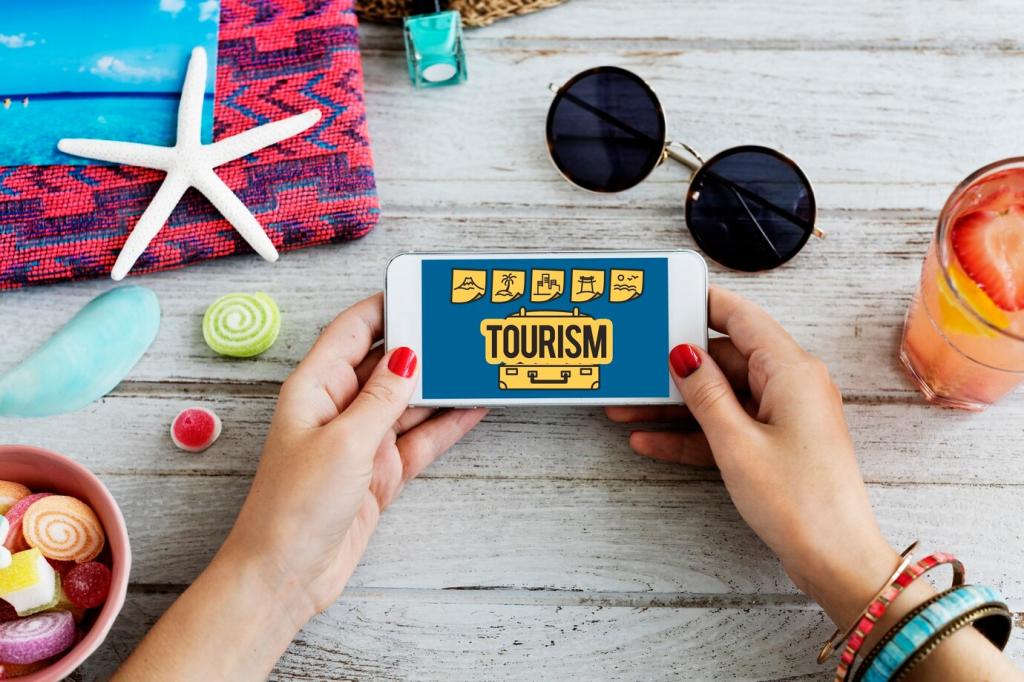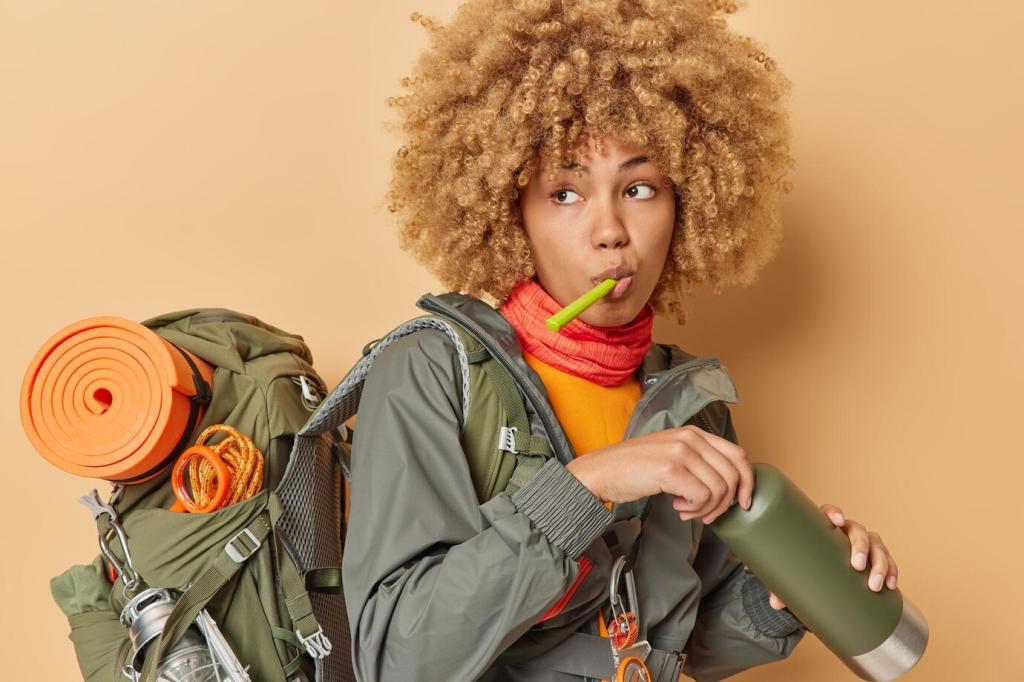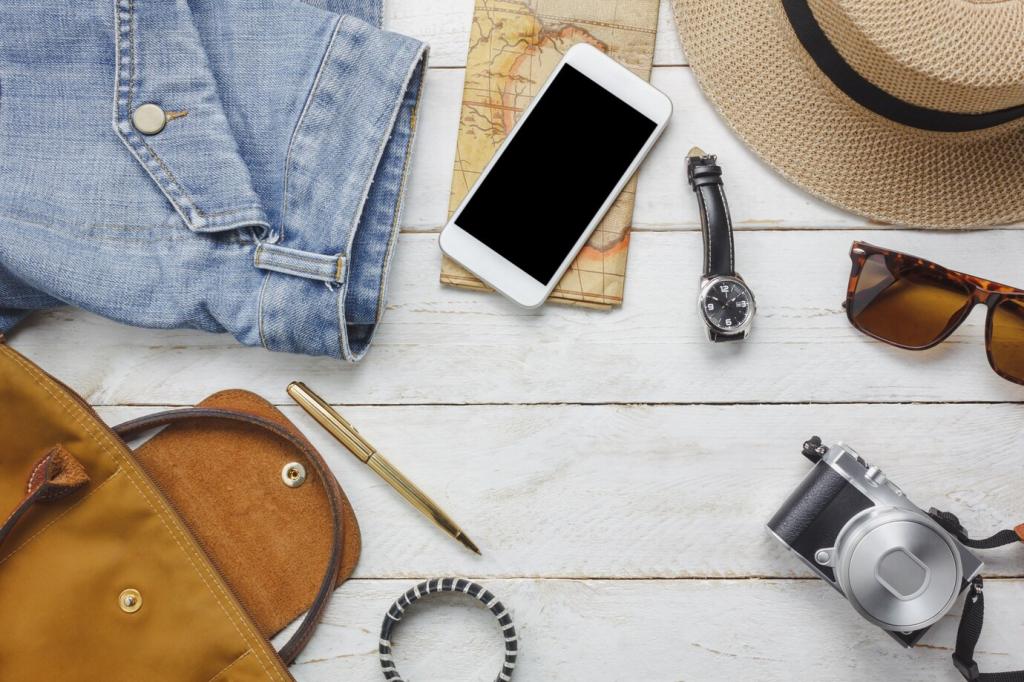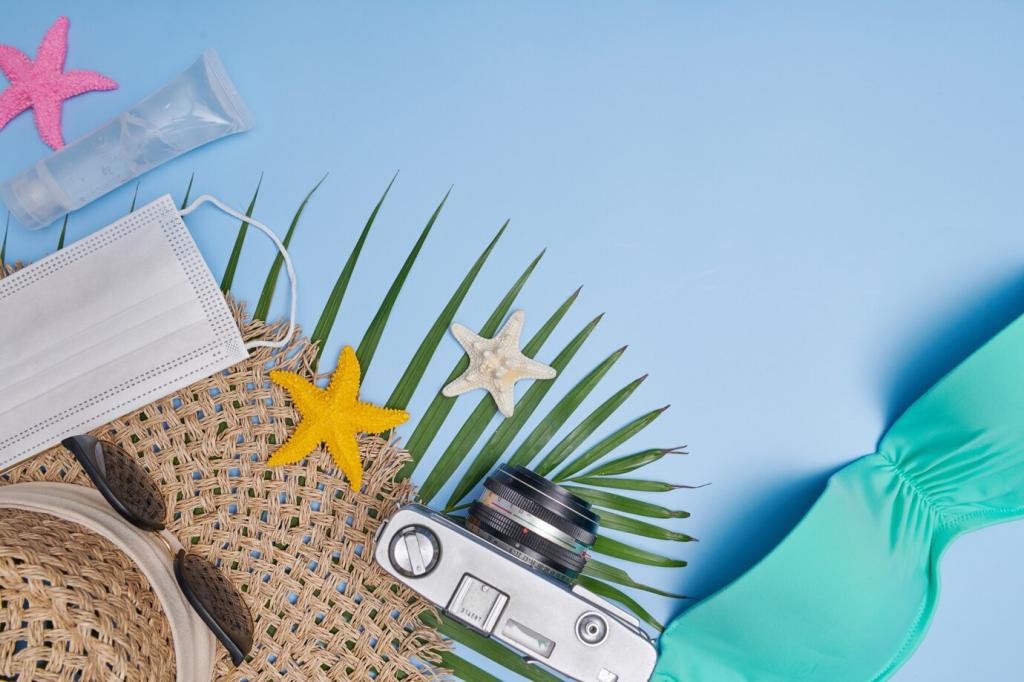
Set Out on Historical and Archaeological Exploration Activities
Chosen theme: Historical and Archaeological Exploration Activities. Step into the field with curiosity, respect, and practical know-how as we uncover traces of human stories beneath our feet. Subscribe for field notes, hands-on guides, and lively conversations with fellow explorers.

Finding a Site the Right Way
Begin with archives, old maps, and local histories, then contact heritage officers for permits and guidance. Responsible exploration protects sites, strengthens trust, and avoids legal trouble. Share your favorite research sources or map hacks with our community.

Packing Your Field Kit
A sturdy trowel, soft brushes, measuring tapes, a Munsell color chart, gloves, water, sun protection, and a notebook are essentials. Add flags, GPS, and sample bags. What indispensable item would you never leave behind? Tell us and compare notes.

Field Methods and Tools that Bring History to Light
Layers matter. Record soil colors, textures, and boundaries as you descend. Draw profiles, label contexts meticulously, and photograph every stage. Accuracy today saves confusion tomorrow. Ever sketched a profile in drizzle? Share how you kept your notes legible.
From Discovery to Meaning: Dating and Analysis
Radiocarbon dates organic remains, tree rings tie timbers to exact seasons, and artifact typology compares forms across time. Triangulate methods whenever possible. Curious which method suits your find? Ask in the comments and we’ll point you to resources.


From Discovery to Meaning: Dating and Analysis
Label bags with context numbers, material, and coordinates. Air-dry pottery carefully, keep metals stable, and use pH-neutral materials. Stabilize before cleaning. What conservation question puzzles you? Post it and let our community conservators weigh in thoughtfully.
Stories from the Trenches: Lessons You Can Feel
01
The Day the Soil Changed Color
A faint ash-gray oval broke the brown uniformity, whispering of a hearth. We slowed, widened the trench, and mapped carefully. Have you ever seen color tell a story? Share how subtle shifts guided your next step.
02
A Coin, A Timeline
A corroded coin surfaced near a post-hole; a gentle clean revealed a familiar emperor’s profile. Suddenly, disparate contexts aligned. What single artifact reshaped your interpretation? Describe the moment and how your team adjusted their strategy afterward.
03
When We Stopped Digging
Occasionally, the smartest move is to pause. Fragile organic remains demanded specialist attention; we backfilled and called in experts. Have you ever chosen patience over progress? Tell us how that decision protected knowledge for the future.

Working with Local Communities and Descendant Groups
Consult early, listen often, and co-design research questions. Respect cultural protocols and share results accessibly. Heritage lives with people, not just in layers. What partnership model inspires you? Invite a colleague and start a conversation about equitable collaboration.
Reporting and Stewardship
Report finds through official channels, follow site protection laws, and avoid private collecting without permits. Documentation strengthens research and deters looting. Where do you report in your region? Drop a link to help newcomers learn the ropes responsibly.
Leave No Trace and Site Security
Backfill test pits, remove flags, and avoid public geotagging of sensitive locations. Secure field data and limit access. What practical steps help you conceal vulnerable sites? Share your checklist and help everyone minimize unintended harm.

Drones and Aerial Survey
Fly at dawn or dusk for raking light that reveals subtle earthworks. Capture overlapping images for mosaics and avoid disturbing wildlife. Got favorite camera settings for cropmarks? Post them and help others read landscapes from above.

LiDAR and Hidden Landscapes
LiDAR peels back vegetation, unveiling terraces, roads, and settlements. Even small datasets transform research questions. Curious where to access public LiDAR? Ask here, and we’ll crowdsource sources and tutorials suited to your region and project scale.

3D Recording and Photogrammetry
Turn careful photo sequences into measurable models of trenches and artifacts. Use scale bars, ground control, and even lighting. What platform do you prefer? Share your workflow, and we’ll trade tips for sharper, cleaner reconstructions.
Plan Your First Exploration Activity
01
Look for accredited programs, read syllabi, and budget time for lab work. Ask alumni about safety, mentorship, and research impact. Considering a season this year? Comment with location ideas and we’ll suggest opportunities and preparatory reading.
02
Practice stratigraphy on boxed sediments, learn cataloging, and study curated collections. Archives sharpen questions before the field. What museum or archive could you visit locally? Share your plan and invite a buddy to join your study day.
03
Set goals for methods, ethics, and regional history. Mix books, podcasts, short courses, and mentorship. Block time on your calendar. Post your learning roadmap, and we’ll recommend resources tailored to your interests and experience level.
